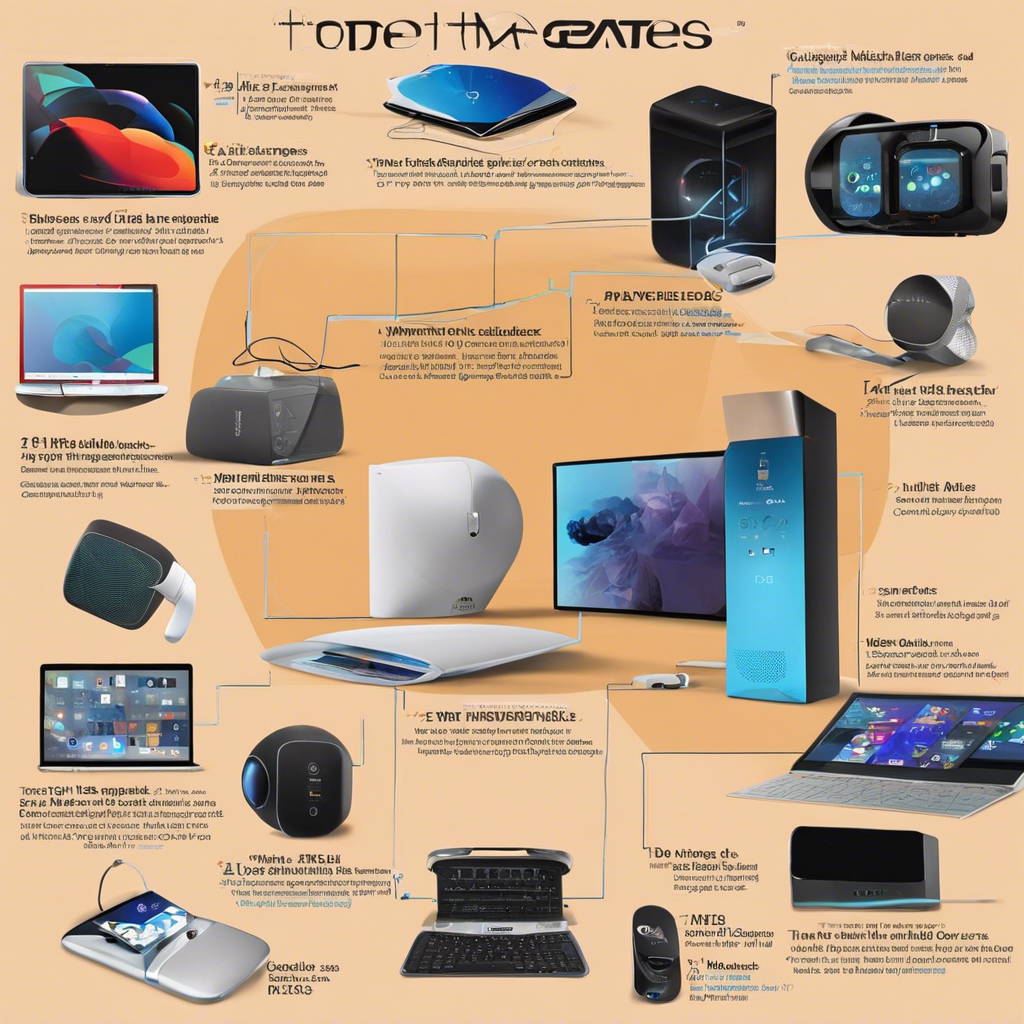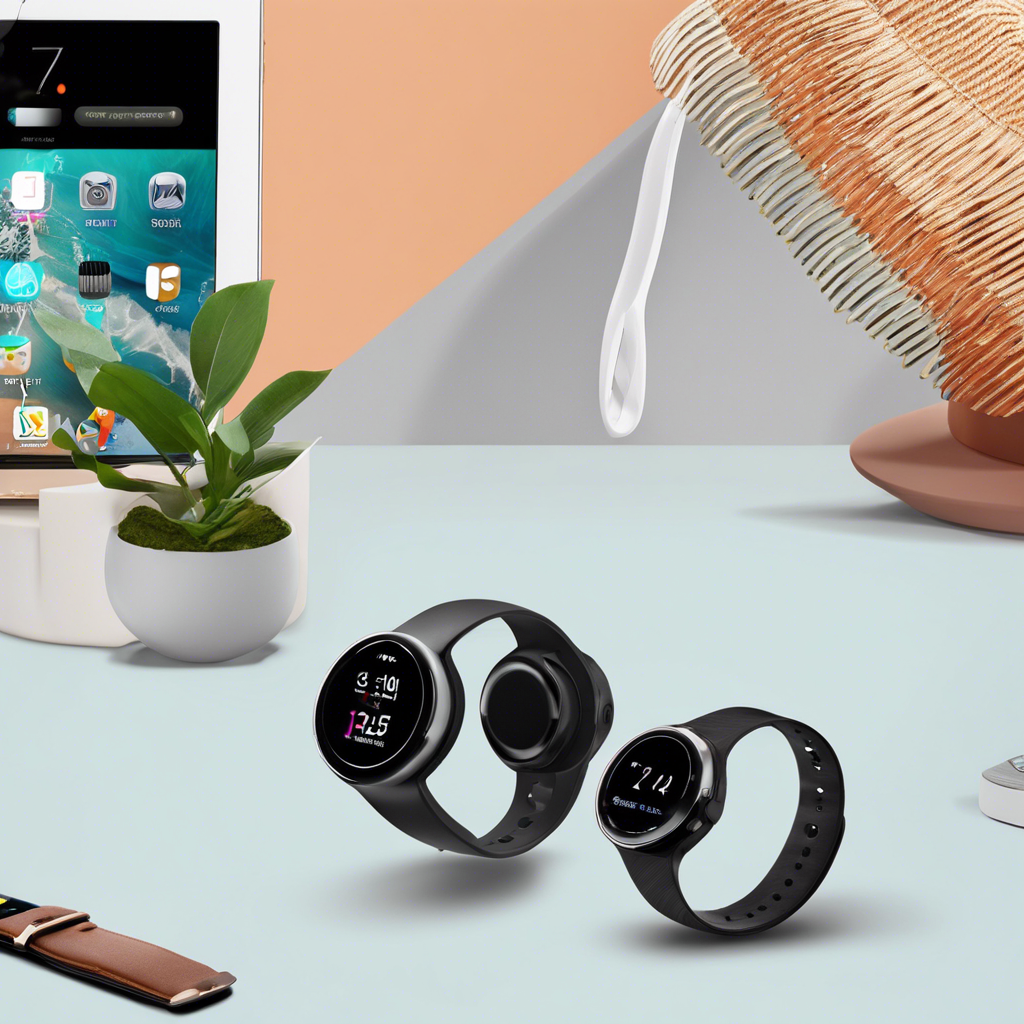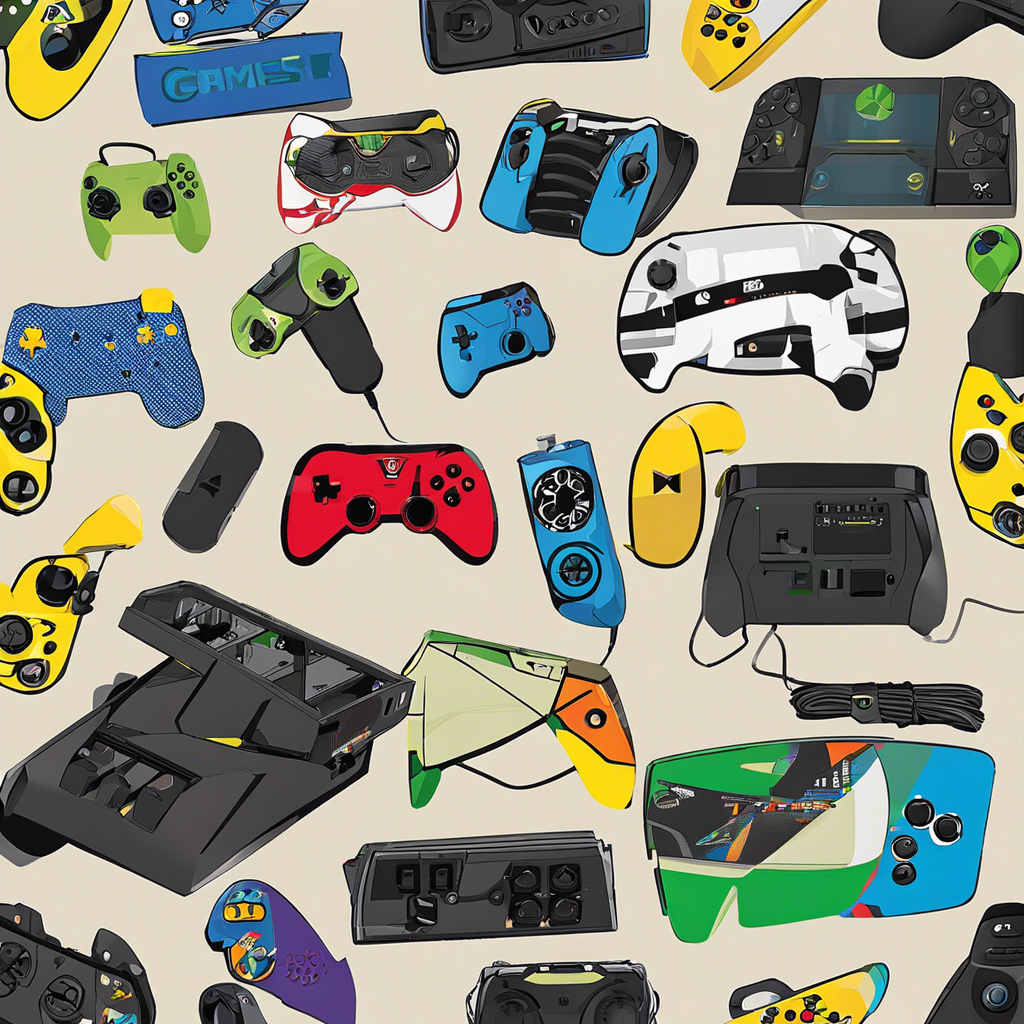The world of virtual reality (VR) has come a long way since its early days of clunky headsets and limited interactivity. Today, VR is on the brink of becoming a mainstream technology, with advancements in hardware and software opening up exciting possibilities for the future. So, what does the future hold for this immersive technology?
One of the most significant trends in VR is the increasing focus on interactivity and natural user interfaces. Hand controllers and gesture recognition are already allowing users to interact with virtual environments in a more intuitive and natural way. This trend will continue to evolve, with advancements in haptic technology providing users with a sense of touch and physical presence in the virtual world. The addition of other senses, such as smell and taste, will further enhance the immersive experience, blurring the lines between the real and virtual worlds.
The quality of VR content is also set to improve dramatically. As graphics processing power increases, we will see more detailed and life-like virtual environments. This, coupled with advancements in motion capture technology, will allow for more realistic character animations and interactions. The result will be VR experiences that are increasingly difficult to distinguish from reality.
Another exciting development is the growing integration of VR with other technologies, such as artificial intelligence (AI) and the Internet of Things (IoT). AI-powered virtual assistants and characters will populate VR worlds, providing users with interactive and responsive experiences. Meanwhile, IoT connectivity will allow VR to become more integrated with our physical surroundings, enabling a seamless blend of the virtual and real worlds.
The applications of VR are vast and span across multiple industries. Gaming and entertainment will continue to be major beneficiaries, with VR providing immersive experiences that transport users to new worlds. But beyond this, VR is also set to revolutionize fields such as healthcare, education, and architecture. For example, VR is already being used to treat phobias and post-traumatic stress disorder, train students in a safe and immersive environment, and allow architects and engineers to experience their designs in a lifelike setting before they are built.
The future of VR also lies in its social applications. VR is becoming an increasingly social experience, with users able to interact and collaborate in virtual worlds. This trend will continue, with the development of more sophisticated social VR platforms that allow users to connect, communicate, and create together. The potential for VR to provide remote collaboration and communication tools is enormous, and could revolutionize the way we work and interact with others.
As VR technology advances, we can also expect to see more portable and accessible hardware. Standalone headsets that do not require a PC or console are already on the market, and this trend towards untethered VR will continue. Improved battery life, reduced form factors, and more affordable prices will make VR more accessible to a wider audience.
Lastly, the future of VR is closely tied to the development of augmented reality (AR) and mixed reality (MR) technologies. AR and MR overlay digital content onto the real world, providing a different type of immersive experience. As these technologies advance, we will see more seamless blending of the virtual and real worlds, opening up a range of new applications and use cases. The future of immersive technology is bright, and it is safe to say that VR, along with AR and MR, will play a significant role in shaping the way we interact with the world around us.



